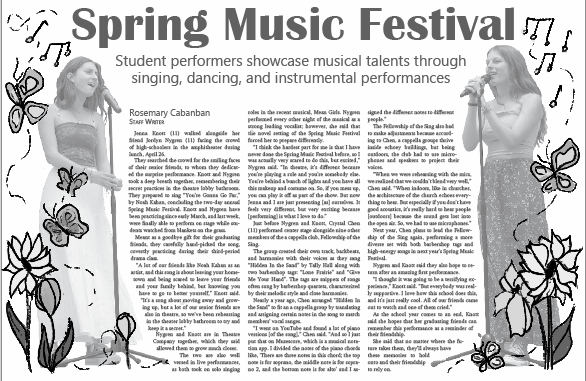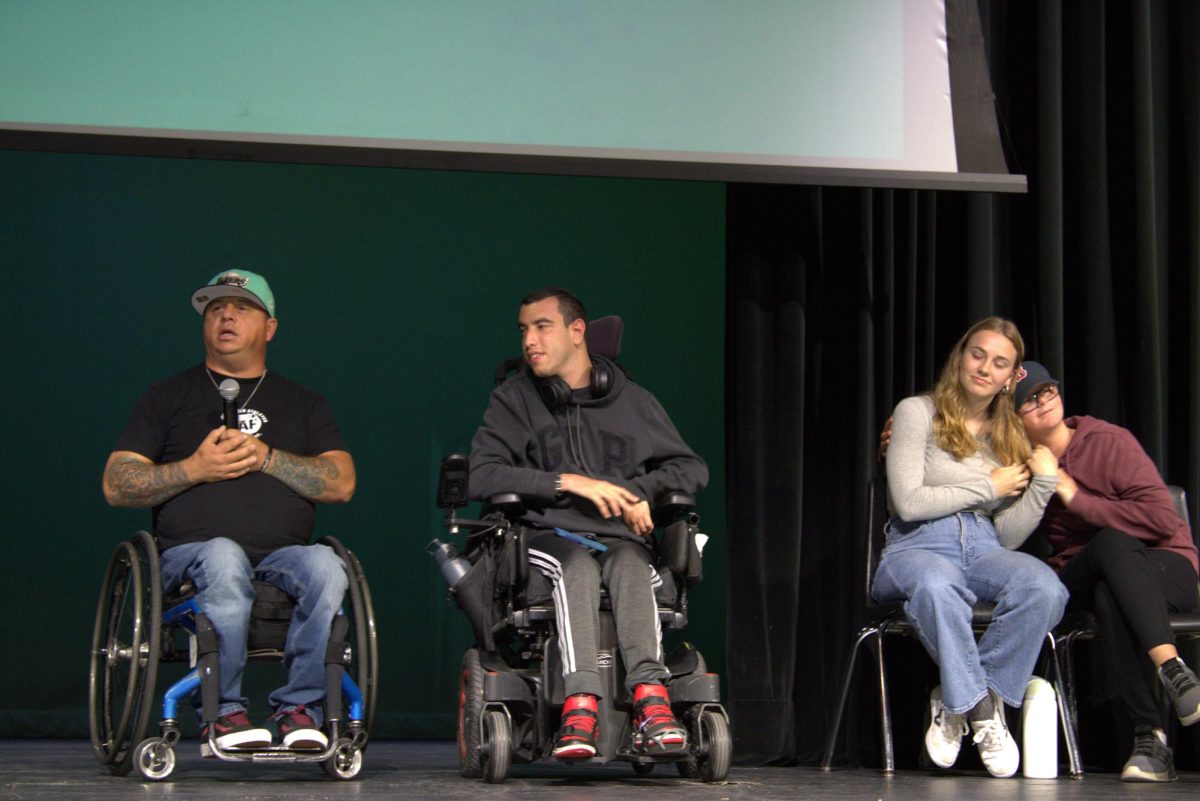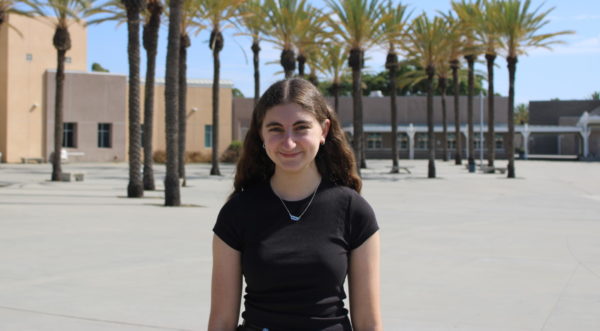Westview held its first Student Equity Advisory Committee (SEAC) meeting, Nov. 29. This meeting allowed students from a variety of backgrounds to speak with faculty about their experiences with discrimination on campus.
While it was only the first meeting of this committee, assistant principal Shannon Parker said that before the COVID-19 shutdown, ASB was involved in similar work sharing students’ unique experiences at Westview with staff members. This was done through the School Safety Committee as well as a partnership with the Anti-Defamation League (ADL) and their No Place for Hate program. However, with the start of the COVID-19 pandemic, Parker said that the momentum built around these advocacy groups on campus started to crumble.
In the last two and a half years that students have been back in person at Westview, Parker said that there is a lot of rebuilding to be done, and that includes trying to bring back the voice of the students sharing their experiences. Faculty hears about the student experience indirectly through ASB, but Parker said that the Westview staff-led equity team, called Leaders for Equity, knew that they needed to expand who they heard from, hearing directly from the students.
Munazil Abdullahi (12) said that she was asked to be part of the committee because of her involvement in improving diversity within Westview’s robotics program. She said that she experienced discrimination throughout middle school, leading her to be quiet and unsure of herself when she first came to Westview.
“I’m Black and Muslim and I grew up in a predominantly white neighborhood and school,” Abdullahi said. “I want to be an engineer in the future, which is a white male-dominated place. I grew up experiencing a lot of casual racism from my classmates. That led to me being very silent.”
Although she hesitated to find her voice when she first joined robotics, she said that giving a presentation about Black STEM leaders for Black History Month encouraged her to speak out more.
“The [robotics] president in 2022 invited me to speak to this whole crowd of people in robotics,” Abdullahi said. “I did a presentation and people listened, and then I did a Kahoot and everyone crowded around the TV. Everyone was so interested and intrigued and yelling out answers and having fun. Afterward, people were complimenting me on it. I was so used to hearing such terrible things slung at me that it was really crazy to hear kids admire me.”
Since then, Abdullahi said she has found a sense of belonging in robotics and aims to spread this welcoming feeling throughout robotics and beyond.
“The students before me [in robotics] had trailblazed a path so that I could come in,” Abdullahi said. “I feel like I have to pay it forward. Kids who are starting high school are going to an area where they don’t feel heard or represented. I wanted to make everyone feel like they can come in a space where they feel welcome.”
Abdullahi was able to share her story and what belonging means to her in the SEAC meeting. Parker’s first question revolved around how to create a welcoming environment, such as the one Abdullahi has found in robotics, for every student.
“I wanted to understand from a student perspective, when I asked about improving belonging on campus, what does that look like, sound like, and mean for students,” Parker said.
Parker said that setting this understanding was important because, with the variety of students on campus, the term ‘belonging’ has many different interpretations.
“Belonging looks different for different students on campus,” she said. “While an incredibly spirited student decked out in all black and gold in the Black Hole might appear as though they are part of the school, for them that is belonging, but it might not be for the quieter student who is seeking belonging in another way.”
After the meeting, Parker said that she took away fresh perspectives and a better understanding of students’ experiences. For example, some students were particularly concerned about the more covert discrimination they faced.
“One of the students mentioned that while what Westview does in terms of offering Ethnic Studies, Ethnic Literature, and the various culture clubs from a big picture is offering opportunities to belong, there seems to be a sentiment that on a more micro scale, there is still a lot of casual prejudice,” Parker said. “Westview as a school does what it can to create belonging, but on this day-to-day student-to-student level, we need to figure out how we can address the casual racist comments and prejudiced language.”
Abdullahi also said that only offering opportunities for students to learn about people different from them isn’t enough to create change since not all students take advantage of these opportunities.
“Westview succeeds at having a lot of education opportunities for students to gain the experience, to be able to navigate conversations with each other on how we’re different, how we’re alike, where we come from, and how all those things differ,” Abdullahi said. “But within the student population, there seems to be a lot of casual racism, sexism, homophobia, microaggressions, or even flat-out aggression, within our campus. Although Westview has a lot of education opportunities, they’re just opportunities. You have to go out and take these opportunities on your own. If you don’t, you’re not going to get that rich knowledge that those classes offer. You are going to be blind to the way we’re different from each other. That cultivates this experience of casual racism and sexism within our campus.”
Overall, Parker said that this is just the beginning of the faculty’s work to listen to students’ voices and learn from their unique experiences. She plans on revisiting concerns students brought up in the next meeting of the Leaders for Equity team, ensuring that the solutions they work towards reflect what the SEAC discussed.
“It’s a start,” Parker said. “We still want to continue to hear voices around experiences. When we sit down and start talking about our action steps with staff, [we will] take that voice into account and how we address that. Is it all-school lessons that happen within a certain period of the day? Is it asking every club leader to go through No Place for Hate training? Once we’ve identified the issues, the Leaders for Equity adult team will start to talk about how we address this. Ultimately, there’s nothing more [informative] than a student’s voice around their personal experiences.”
For Abdullahi, the meeting was an important step in ensuring that all students’ points of view are understood and respected, contributing to a school environment with less hatred.
“Hate comes from fear of the unknown,” Abdullahi said. “People invent racism and sexism and homophobia because they’re afraid of people who are different from them. And the opposite of hate is understanding. If we understand each other, then we come to love each other, and when we love each other, then we don’t experience this sense of animosity between each other.”





